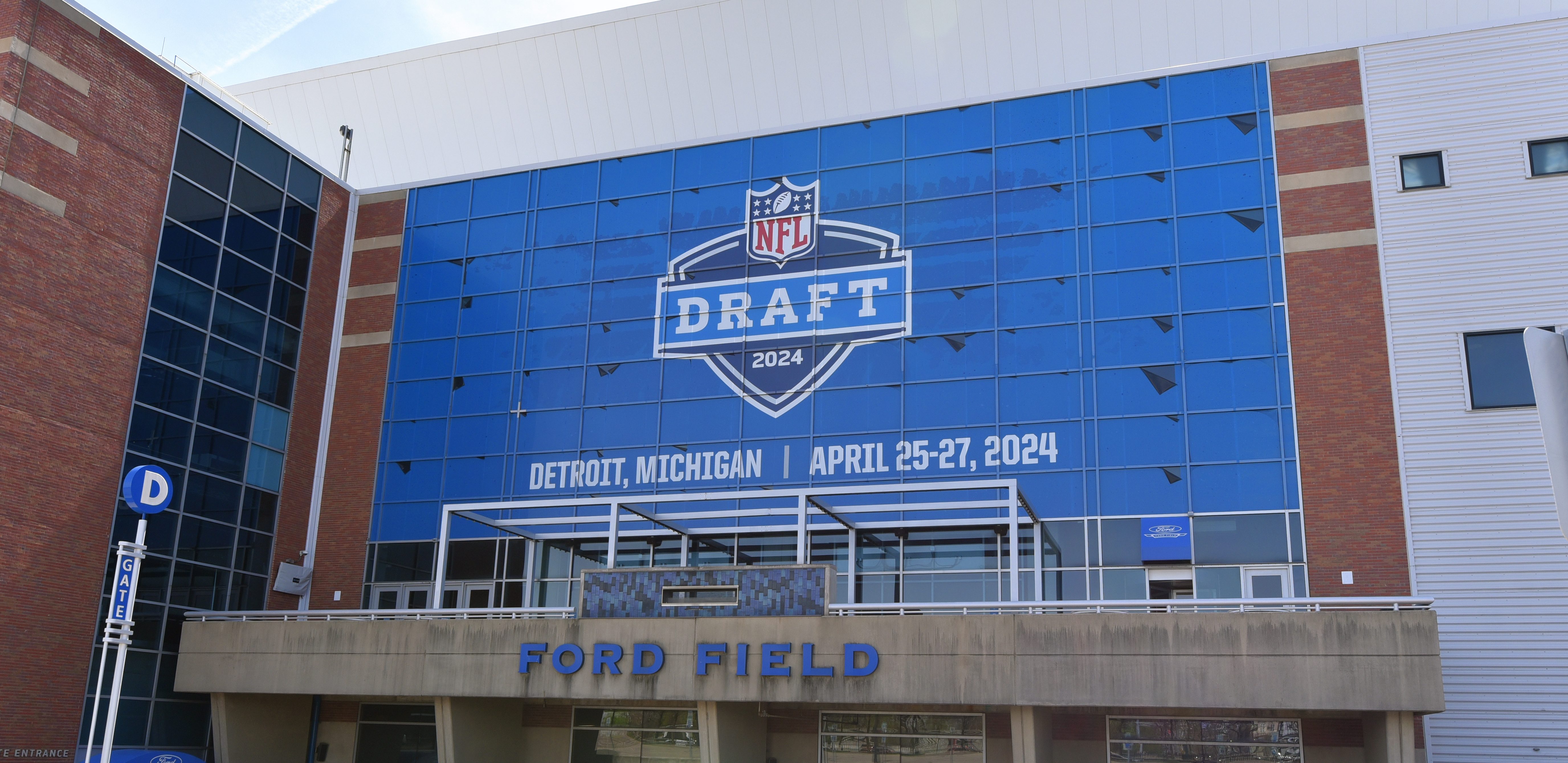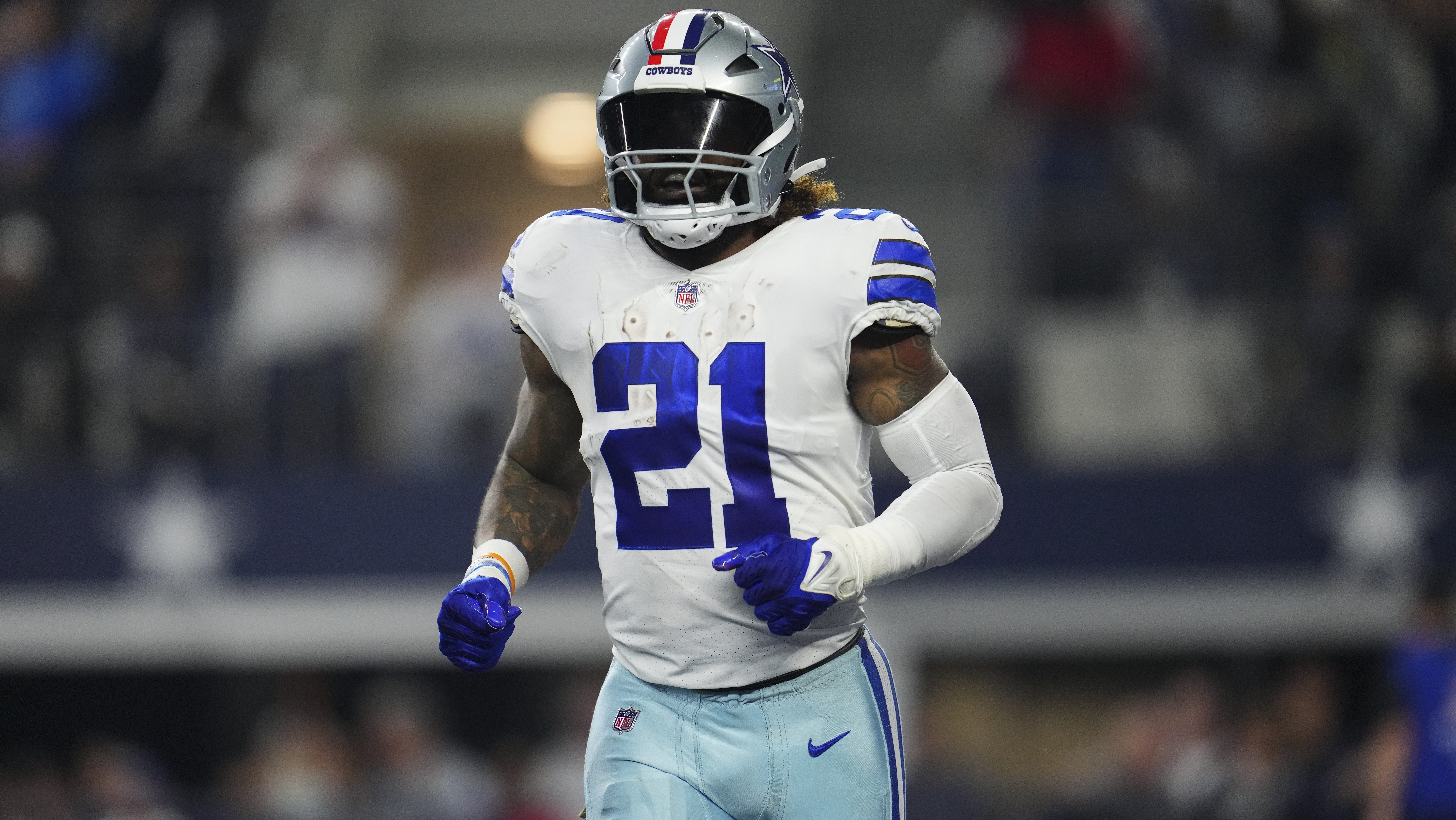
How do you stay the same in the NFL — in life, for that matter — while at the same time changing? John Fox has seen Andy Reid do just that, and now has to deal with Reid on Sunday when the Bears face Reid’s Kansas City Chiefs.
Fox has coached against Reid many, many times, in various capacities, with a number of teams, beginning in earnest when Reid was named coach of the Philadelphia Eagles in 1999 while Fox was serving as defensive coordinator for the NFC East rival New York Giants.
Fox’s Carolina Panthers stepped over Reid’s Eagles into the 2003 Super Bowl with a 14-3 win in the NFC Championship. Reid did defeat Fox’s Panthers the four times they played during regular seasons. But Fox defeated Reid all four times his Denver Broncos met the Chiefs since Reid was hired in 2013.
Over the years, myriad offensive and defensive schemes have come and gone around the NFL. Even Fox himself is in the process of going from a 4-3 defense to a 3-4.
[MORE BEARS: Chiefs' Andy Reid trying to recover from second-worst career start]
But Reid has stayed with a form of the West Coast offense he learned as a player and later an assistant at BYU. And (until the start of this season) it still works, with interesting modifications.
“I think Andy’s stayed pretty consistent,” Fox said. “He’s evolved with football, like all of us have to. But I think the nuts and bolts of what he’s doing — moving the pocket, bootlegs, sprint passes — he has stayed pretty close to the West Coast passing game.
NFL
“They work the combinations, percentage passing, getting rid of it quick, do that instead of a run.”
It’s in the run game, though, that Fox has seen Reid’s West Coast change, yet remain true to the principles of LaVell Edwards from BYU, Bill Walsh, and Mike Holmgren in Green Bay. Overshadowed by McNabb at times was the fact that the Eagles were 10th in rushing average in 2004, for example, the year Reid got them to the Super Bowl, fifth in 2006, for example.
Reid was a graduate assistant at BYU in 1982 when Steve Young succeeded Jim McMahon as the starting quarterback. Reid was paying attention. He was again in the 1990’s when he was an assistant with Holmgren in Green Bay with Brett Favre.
[SHOP: Gear up Bears fans!]
“Andy’s always had a mobile quarterback as part of his West Coast [offense],” Fox said. “They’ve had quarterbacks who can move, like to move the pocket. He had it with Donovan [McNabb]. In Kansas City they went right away to get Alex [Smith]. And Alex is a mobile guy, athletic and he can run.”
Smith is not yet what McNabb became under Reid, but Reid brought to Kansas City with him Brad Childress, Reid’s offensive coordinator their first six years in Philadelphia, the formative years for McNabb. Childress was brought to Kansas City as a spread-offense analyst, tasked with modifying the run game within the context of Reid’s overall philosophy.
“He brought ‘Chili’ back to look into the zone-read stuff,” Fox said. “With Jamaal [Charles] they’ve always had a fast, good back both as a receiver and a runner, going back all the way to the Philly days. Now, with the evolution of the zone-read, they’ve brought that to another level. That’s kind of grown into our game and they’ve incorporated that and it always helps to have a mobile quarterback to run that stuff.
“The run game’s definitely evolved; nobody runs split-backs anymore and some of the type the run game in the West Coast when Bill Walsh was getting rolling. It evolved into an ‘I’ and now the zone-read is part of it.”


